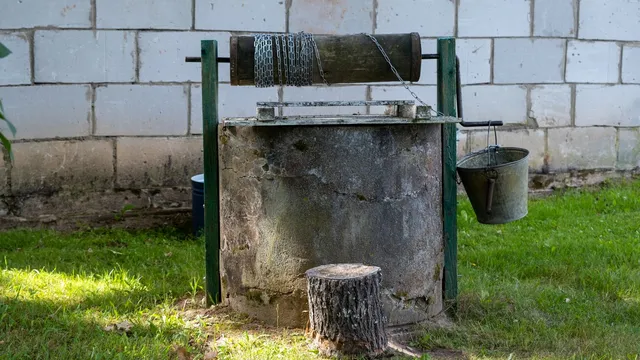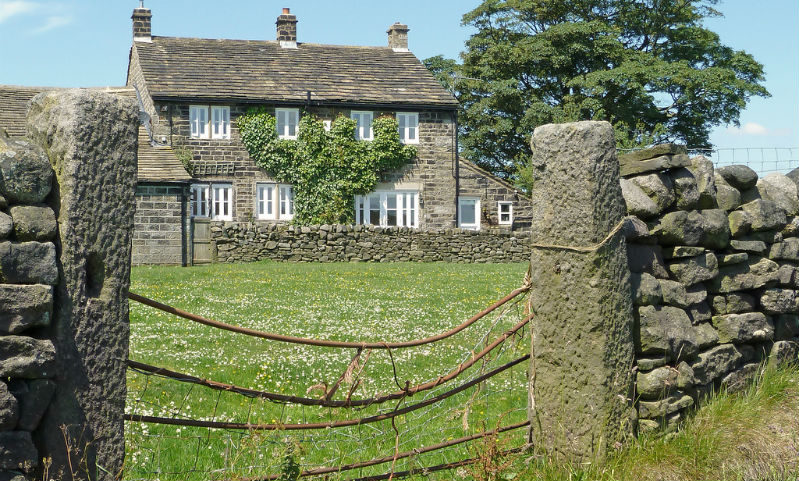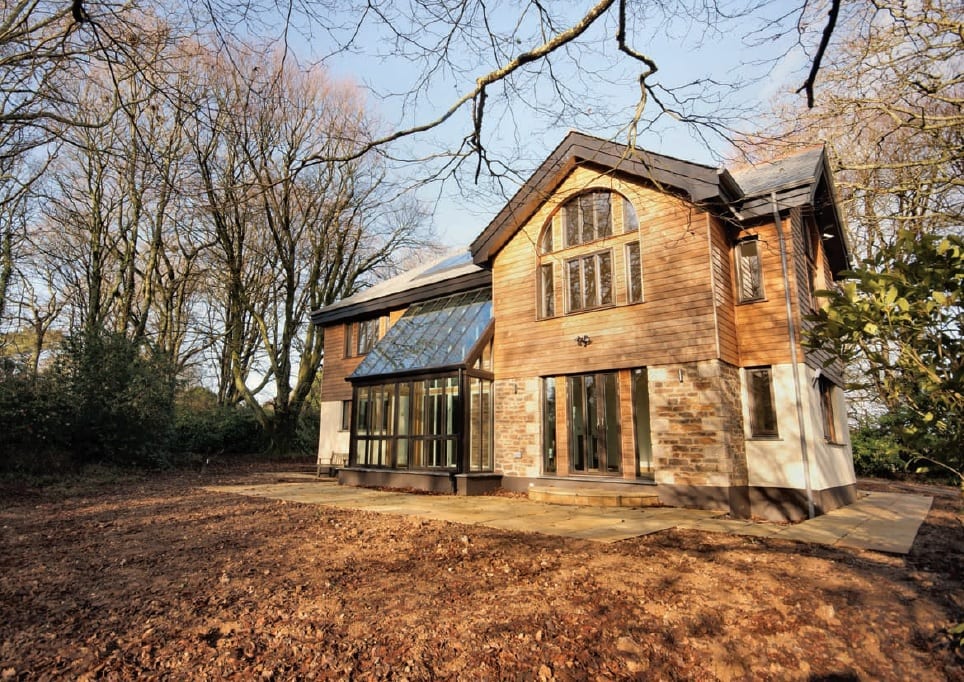Buyers looking for houses in the Capital Region frequently come across properties for sale that acquire their water from wells. When residences use municipal water, it is assumed that the water is readily available and meets the municipality’s safety regulations.
However, there is no way to guarantee the quality of well water. Aside from water quality, additional issues with wells may develop, which you should be aware of and investigate before agreeing to purchase a property.
When purchasing or selling a house, there are always worries about testing the water when the property is served by a private well.
If you are acquiring a home that is supplied by a well rather than public water, you should get it tested as a contingency of sale! When testing the water, you will want to do a quality and quantity test.
Both of these tests are equally crucial since you want to ensure that the water is safe while also having enough to adequately service the property.
What is the quality of the water in the area you are contemplating buying?

Groundwater is a shared resource across broad regions, therefore problems that affect one property typically affect many, many more. You may utilize the EPA to research known water difficulties in a specific place, and you can also ask your realtor about any known water issues in the area. Once you’ve recognized common difficulties, you may be on the lookout for them.
What are the local regulations governing wells in the area?
Different states, and occasionally municipalities, have rules and regulations regarding wells in the region, which you should be aware of before purchasing a house. Depending on the location, the seller of the home may be compelled to test the well water before selling you the property. In most cases, it is the buyer’s obligation to inspect the quality and amount of the well.
What is the quality of the well you’re buying?
Do not buy a home unless it has been thoroughly tested. The well is one of the items you should look at when buying a house. There are several tests that may be performed, the most visible of which is for water safety and cleanliness. A water sample will be obtained from the tap at home and submitted to a licensed water testing facility to determine what it contains. The lab will provide you a report with specifics about the water results.
Typically, the lab will show you what elements are in the water as well as the passing limit for each. You will want to have a water specialist acquainted with the region review the data to help you comprehend them, as water conditions can vary greatly between places.
Standard water testing will normally look for pH, hardness, alkalinity, and turbidity. Standard mineral testing will frequently include iron, calcium, manganese, copper, fluoride, chloride, and other elements. Coliform bacteria is also commonly detected in most well testing, particularly in rural regions.
It is also strongly suggested that you test for VOCs. Volatile organic compounds are the most harmful substances you should avoid in drinking water. VOCs include gasoline components like mtBE and benzene.
You should be aware of the need for testing for radon in water. In many regions, radon is not among the components that are automatically tested. Real estate agents, on the other hand, should be aware of this and advise their customers on the need of doing radon tests. If you are purchasing a property with a well, make sure to ask the individual performing the test to have the lab check for radon as well.
If the test shows that there are significant amounts of radon in the water, the problem is simply rectified. It is, however, not inexpensive. The typical cost of removing radon in water is $5000-$6000.
What is the quantity of wells?

Most settings require the well to generate 3-5 gallons per minute. In general, older homes demand a 3-gallon minimum, whereas newer ones require 5 gallons per minute. You may also have the flow rate and yield of the well evaluated by specialists using the appropriate equipment. Just because a well offers clean, safe drinking water does not guarantee that it has enough water to suit your household’s requirements.
There are a few techniques for checking the amount of water in the well. The first consideration is water storage capacity. A conventional 6-inch diameter dug well may hold 1.5 gallons per foot of water. The water storage capacity may be calculated using the well depth, water level, and pump depth.
When assessing a well’s water supply, the initial test is often a flow rate test. The flow refers to the volume of water that comes from the well, whereas the flow rate measures the number of gallons per minute that are distributed. The normal residence requires 100 to 120 gallons per person per day, with a flow rate of around 6 to 12 gallons per minute. A big family may have a higher water requirement.
Before you buy, be sure that the well produces enough water, both in terms of flow rate and total capacity, to suit your home’s long-term demands. Otherwise, you’ll have to drill another well or wait for it to replenish, which might take a long time.
How big is the property?
If a well is present, the land should be at least an acre or two in size. If the property has a well, it also has a septic system to handle the waste generated by the residence. Septic systems are nearly expected to fail over time, resulting in waste spilling out of the system and into the earth. If the land is smaller than an acre, the well and septic system are most likely close enough for a septic system leak to pollute the well.
Is this a drilled well?
A drilled well is constructed using specialized equipment and often runs 100 feet or deeper. Most drilled wells are at least 40 feet deep. A drilled well is typically simple to identify since it has a pipe coming up out of the ground for at least a foot or more, with a thick cap on the end. The majority of residences have drilled wells, although you may come upon a property with a dug or bored well. Such wells are far less dependable and more susceptible to pollution. You don’t want anything except a drilled well.
How ancient is this well?

A well has an average lifespan of 30-50 years, however this might vary depending on the circumstances. If the well you’re buying is more than 20 years old, you should budget for replacing the sections that frequently fail. If your well is 15 years old or older, you should generally consider budgeting for new items like a pump or well pressure tank. Well pumps typically survive around ten years or fewer.
How distant is the well from the septic system?
As previously stated, the septic system might leak, and this leakage can find its way into your well water. A good general rule is to keep each system at least 100 feet apart. If you come across a home with a septic system that is close to the well, you should avoid buying it. This, however, would be unusual, as most governments do not tolerate such obvious infractions.
Where’s the well cap?
The well top should be located upward or on level ground. All toxins that fall to the ground, like oil and grease from your driveway or livestock dung, travel downhill and can pollute a well where water pools on the ground. Your well should be positioned on a level surface or uphill so that impurities do not build on top of it.
What to Do If the Well Quantity Fails?
So what if you’ve discovered your dream home, tested the well, and it fails? Do not give up hope; all is not lost. There are techniques to successfully repair a well that failed the quantity test. There are two main techniques for addressing well quantity issues:
Drilling a new well entails selecting a new site on the land and installing a completely new well system. The aim is, of course, to find a suitable water supply. Drilling a new well may be costly. The cost of drilling a new well varies significantly. The location, soil conditions, and depth of the well required to create a steady supply of water are all determining variables. Plan on investing $5,000 to $15,000 to drill a new well.
Hydrofracking is another way for resolving water quantity difficulties in your well. The procedure entails pumping high-pressure water via the drilled well into the surrounding rock formations. The goal of hydrofracturing is to enlarge cracks in the bedrock and extend them deeper into the formation, expanding the network of water-bearing fissures that deliver water to the well.
Quite often, hydrofracking will be effective, and you will not need to dig another well. It is, however, only appropriate for wells that obtain their water supply from water flowing via cracks and fissures in existing bedrock.
What to Do to Fix the Quality
When you get the well tested, you may find that it has certain impurities that make it unpleasant, such as contaminants that impair the flavor, smell, or texture of the water. Fortunately, there are several solutions for dealing with such toxins, so it is not the end of the world if there are water-related issues, at least not usually.
If you are interested in purchasing the home, speak with the water specialist who examines the well to determine if there are any solutions for resolving the issue.
A suitable filtering system may solve almost any type of well-quality issue. While certain water treatment systems may remove several pollutants, there is no one treatment method that can be used for every application or water contaminants. It is critical to understand the capabilities of the treatment systems under consideration, the contaminants they remove, the flow rates they will manage, and the water pressures they will operate at.
Almost all water treatment systems are self-cleaning and need a particular minimum flow rate. The frequent issue is that a water treatment system requires a specific number of gallons per minute, but the present well pump produces less than that amount. These two items must be aligned appropriately.
When selecting a well water treatment system, water pressure is also an important consideration. Almost all water treatment systems will lower the water pressure as it passes through the device. Before choosing a water treatment system, you must first determine the water pressure from the well pump. If you don’t, there’s a good chance your home’s water pressure is messed up.
One of the most prevalent well treatment difficulties is treating iron and hardness. If you discover you have these difficulties, they are simple to solve.
Final Thoughts
It is critical to assess the quality and amount of well water before purchasing a house. More people learn the hard way after buying a property and skipping these critical home inspection tests. Don’t repeat the blunders that many other customers have made. Test the well water as part of your inspection due diligence!
